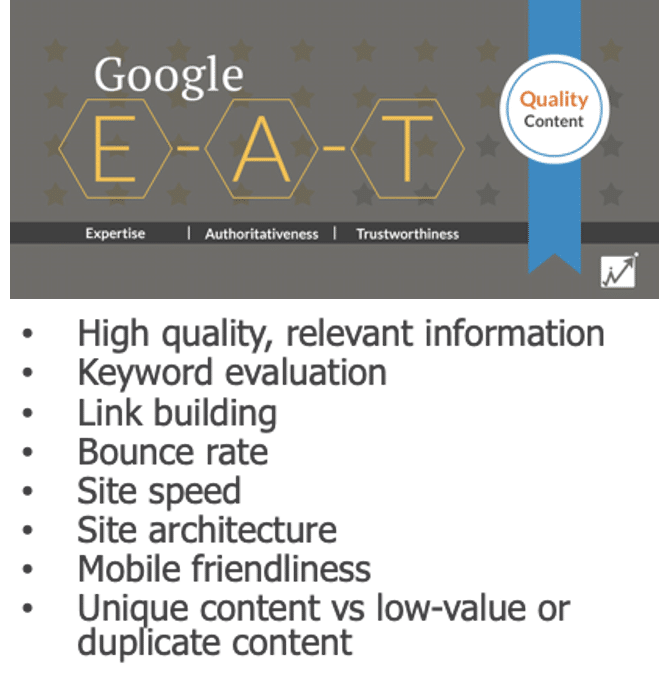It’s no marketing secret that content is king when it comes to your company’s brand recognition and online relevance. If you’ve ever been responsible for writing a blog post or a white paper, you know developing organic, relevant, and helpful content is hard work and time-consuming – and you also know that good content isn’t always enough to get your company noticed. Cue the magic of Search Engine Optimization (SEO)!
To discuss how you, the Government Contractor, can leverage SEO to attract federal buyers, The Pulse sat down again with Google SEO expert, Janet Waring.
Question 1: Why is SEO important? Specifically, how can a Government Contractor use SEO to their advantage?
What is the first thing you do when you meet someone or hear about a new business or company in your marketplace? If you are like most people, you Google them.
Your web presence is how the world learns about your company and services and it is in your control to provide what information people consume about your company. But what about the many people who have not heard of your company, but want or need your services? How do they find you? Enter SEO.
Federal buyers will sometimes conduct vendor and market research using the power of Google. The more your website pops up, the more credibility you are given. This is why it’s important for a Government Contractor to be a thought leader and create meaningful content for when prospective customers search for you.
Question 2: How does SEO impact who sees (and what they see) of my website on a search engine?
Answer: SEO is the methodology of affecting the visibility of a website or web page on search engines. SEO is responsible for whether or not your website shows up on the first page of the Search Engine Results Page (SERP) for the key terms associated with your business. This is important for Government Contractor to be seen as 1) an available vendor for the services a federal buyer is looking for; and 2) an expert on important, relevant search terms.
When you understand how Google finds your information and then optimize for it, you are more likely to show up on the first page of the SERP.
Lots of factors go into what search engines choose to show on the first page and it is changing almost daily. Google recently updated to a new format, which is summarized here.
To demonstrate the new format, we searched a variety of Government Contracting-specific phrases and how they show up across the various elements on the SERP.
As you can see, different types of queries yield the elements below. Now use these examples to imagine what federal buyers’ search results will find if they were to Google “federal information technology vendor or reseller” or “federal services provider”. Note: the content that populates when searching is also dependent on the searcher’s location.
Pulse Search: “What is Government Contracting?”
SERP Element: Snippets







